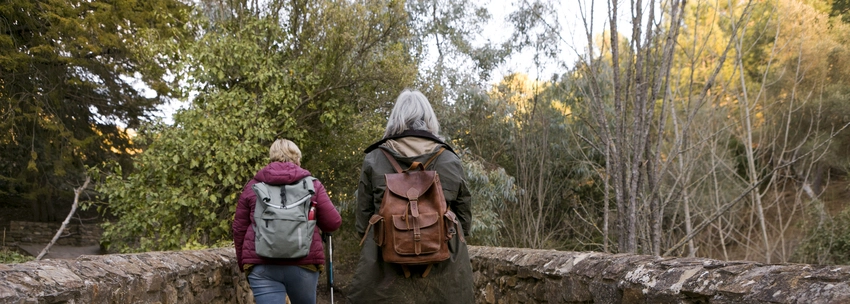Activities such as caving have minimal risk consequences. The patient investigates the interior of a cave, relating to the sense of wonder with the discovery of the unknown. Paddleboarding entails a person standing on a board and paddling. They may practice feeling free while being in control here. Rock climbing allows the individual to practice the self-reliance and perseverance required for climbing. Canoeing and other group activities promote communication and teamwork; finally, camping teaches individuals to trust others and survive in a variety of situations.
The Effectiveness
Individuals, groups, and families can benefit from adventure therapy as they work to address behavioral difficulties, substance use disorders, and other mental health issues. Adventure therapy is a very successful approach in which the adventure therapist actively stimulates clients using various instruments. Some adventure therapists, for example, promote rehabilitation by enabling patients to utilize ropes to establish trust while participating in outdoor activities. It is an effective treatment method for anxiety, depression, trauma, PTSD, grieving, loss, eating disorders, and drug use disorders. The therapy is beneficial for adolescents, teenagers, young adults, and those suffering from various mental health issues including schizophrenia.
Adventure therapy has been found to be of help for people of different ages, genders, and socioeconomic situations. People who participate in adventure therapy not only bond with people and learn to trust, but they also get the opportunity to recover away from the distractions of city life and environmental stresses. Individuals feel rejuvenated, revitalized, and full of enhanced confidence, self-trust, and self-honesty as a result of stimulating activities. Finally, adventure therapy has been shown to be beneficial in treatment centers for people suffering from emotional and mental health issues related to drug use disorders. It varies from previous procedures in that it provides excitement in place of traditional ways.
This approach has been shown in studies to be effective in reducing fears and anxiety. Patients get an understanding of the importance of resilience and “stronger emotions of competence.” Such sentiments might assist someone in practicing competence after recovery in order to retain the discipline required for sobriety.

